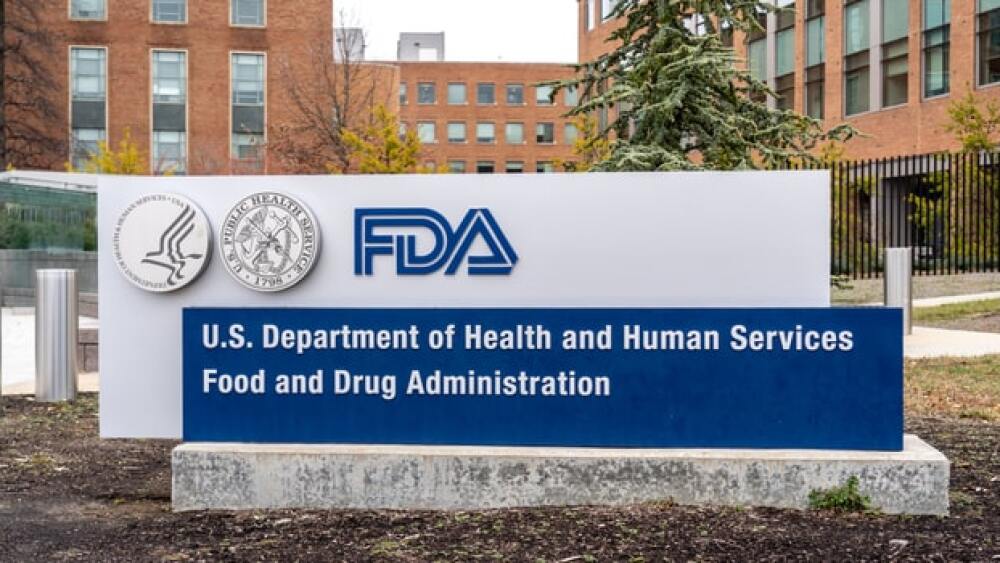The biopharma industry generally views vaccines to be low-margin investments. From a public health perspective, however, vaccines can be one of the best investment dollars.
The biopharma industry generally views vaccines to be low-margin investments. From a public health perspective, however, vaccines can be one of the best investment dollars. A study conducted by Sachiko Ozawa in the Department of International Health at the Johns Hopkins Bloomberg School of Public Health looked at the return on investment (ROI) of vaccine investments from 2011 to 2020 and found that every dollar invested into vaccines during that period had a 16-times return. When broader social and economic benefits were taken into account, the ROI hit 44 times the original dollar amount invested.
BioPharma Dive recently took an in-depth look at the vaccines market. One notable observation—four companies dominate the entire space, GlaxoSmithKline, Merck & Co., Sanofi and Pfizer. “Unlike most drugs,” Jacob Bell wrote, “vaccines are typically meant to prevent disease rather than treat it, and that presents unique challenges in the clinic. They also require large-scale manufacturing capabilities, something that is regularly out of reach for smaller biotechs, in turn compelling them to seek partnerships with the big four.”
And that’s supported by the fact there are about 327 anti-infective vaccines in preclinical testing and 282 more in Phase I through pre-registration, according to Informa. But most smaller biotech companies get to about Phase II and start looking for partnerships with the big four or other larger companies, such as Takeda Pharmaceutical.
There are a number of factors that control the R&D aspects of vaccine development. They include:
- Unmet need. “You have to assess whether your technology gives you a good opportunity to make a vaccine,” Novavax’s chief executive officer, Stan Erck, told BioPharma Dive. “So you look at the unmet medical need, and therefore the size of the market, and then you look at who else is doing it and what’s your competitive advantage.”
- Technical feasibility. Another way of looking at this is what researchers know about the disease they’re developing a vaccine for drives the structure of testing and approval. Bell writes, “With some conditions, a drugmaker can get a vaccine licensed by showing it is safe and sparks an immunogenicity, or number of functional antibodies created via immune response, that regulators think will kill the pathogen.”
But not all diseases have an agreed-upon immunogenicity threshold. That requires a different approach. For example, Pfizer recently launched a clinical trial of 16,000 healthy patients that is expected to last three-and-a-half years just to prove pre-market efficacy for an investigational vaccine for Clostridium difficile (C. Diff).
C. diff is common, as is the flu, but diseases like Ebola or the Zika virus are not.
- Expense. Those sorts of pre-market trials are expensive and time-consuming, and again, the margin on vaccines isn’t that high, although there are long-term benefits. And production is a significant factor. Consider that every year companies create more than 150 million flu vaccines for the U.S. alone. Michael Haydock, therapeutic area director for infectious diseases at Informa Pharma Intelligence, told BioPharma Dive, “You do need to kind of have this critical mass in place in order to do it, and that’s very hard for biotechs. They don’t have the capability to commercialize them, so they often get to Phase II, maybe they demonstrate a proof of concept, and then all of them look for larger partners, the GSKs, the Sanofis, to actually then manufacture and commercialize that product.”
As mentioned earlier, though, although the margins are lower, vaccines can be the Little-Engine-That-Could, continuing to bring in revenue year after year with little or no competition. Pfizer’s pneumococcal vaccines Prevnar 7 and Prevnar 13 bring in about $4 billion annually since Prevnar 13 came on the market in 2010. Merck’s HPV vaccine, Gardasil, brought in between $1.6 billion and $2.3 billion every year for the past six years.
“Once you have one, then it becomes like a mainstay,” said Rahul Singhvi, chief operating officer of Takeda Pharmaceutical’s vaccine business, to BioPharma Dive. “It’s hard to create a generic, and so it’s somewhat immune—no pun intended—from generic competition.”
Recent Vaccine Movement
Recently, Translate Bio, headquartered in Lexington, Massachusetts, and Paris-based Sanofi teamed up to develop five vaccines. This multi-year R&D collaboration and licensing deal is to develop mRNA vaccines for up to five infectious diseases, which have not been disclosed. Sanofi Pasteur will pay Translate Bio $45 million upfront. Translate Bio will be eligible for up to $805 million in milestone payments and tiered royalty payments.
Also this month, the Bill & Melinda Gates Foundation spun off a biotech company called The Bill & Melinda Gates Medical Research institute (MRI), which will be located in Boston. The Gates Foundation often funds vaccines research, but MRI is dubbed a “biotech-within-a-charity.” It is being headed by Penny Heaton, former director of the Gates Foundation and before that, Global Head Clinical Research Clusters for Novartis Vaccines and Diagnostics. She was also previously chief medical officer and vice president of Development for Novavax, and earlier worked with Merck & Co. and the Centers for Disease Control and Prevention (CDC).
MRI will be less focused on drug discovery, but instead plans to work with academic laboratories or biotech companies to help shepherd those programs through the early-to-middle stage drug development. And then, like most smaller biotech companies in this space, will look for commercial partners.
In May, Moderna Therapeutics, an amazingly well-funded private company focused on mRNA vaccines, expanded a collaboration pact with Merck to develop and commercialize cancer vaccines. Moderna, as of February 2018, had a total of $1.4 billion in cash, as well as access to up to about $250 million in grants from the Gates Foundation, the Biomedical Advanced Research and Development Authority (BARDA), the division of the Office of the Assistant Secretary for Preparedness and Response (ASPR) within the U.S. Department of Health and Human Services (HHS), and the Defense Advanced Research Projects Agency (DARPA).
Moderna has 19 therapies in development, with 10 in human clinical trials. Although that deal was for cancer vaccines, it currently has vaccine programs for cytomegalovirus (CMV), human metapneumovirus (HMPV) / human parainfluenza virus (PIV), Influenza H10 and H7, Zika, and chikungunya.
Vaccines clearly are of enormous value to society, providing plenty of bang for the buck. But the companies working in the space do just fine as well.





